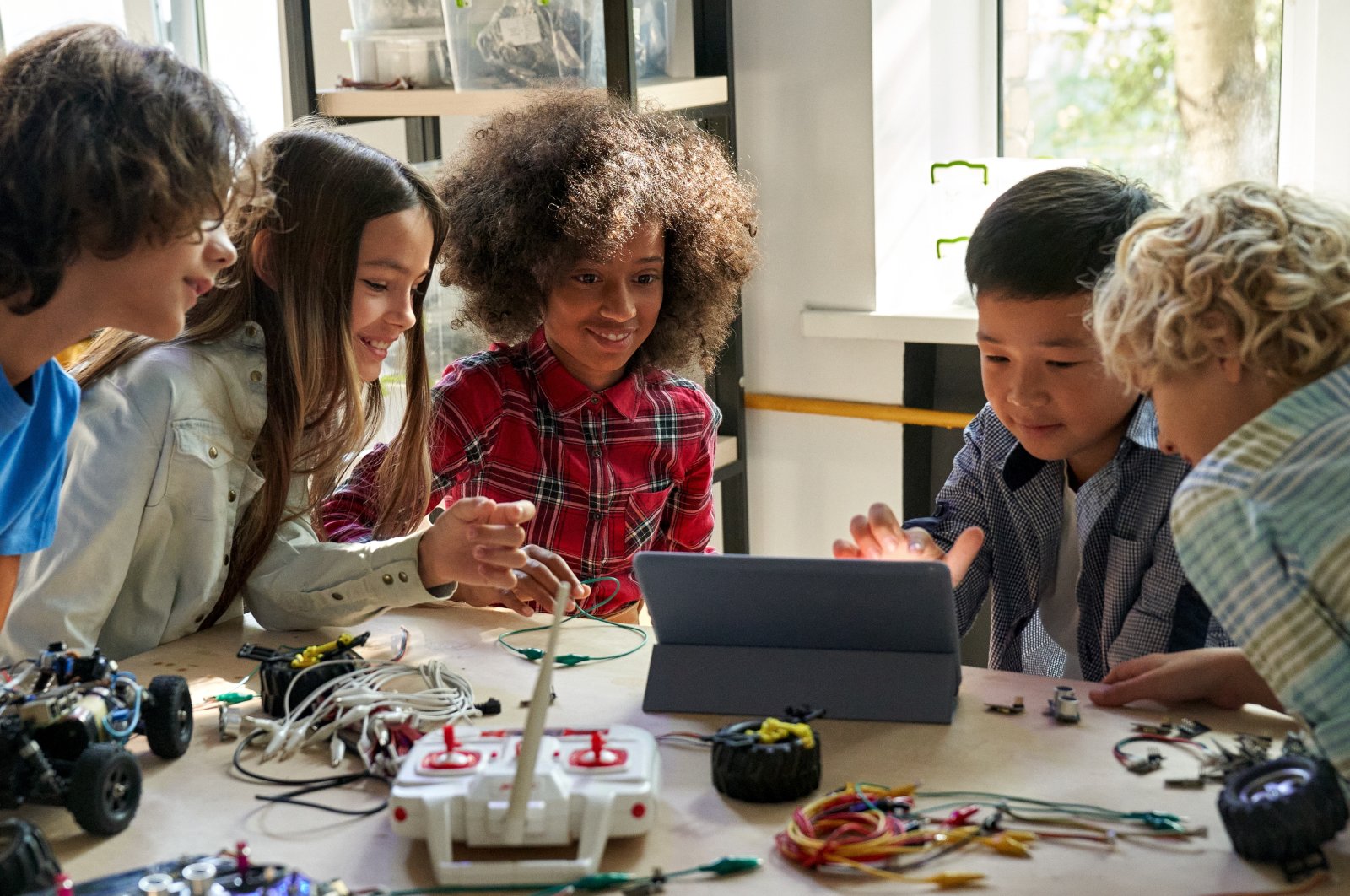
John Dewey – a well-known American philosopher – said nearly a hundred years ago, “If we teach today’s students as we taught yesterday’s, we rob them of tomorrow.”
With the COVID-19 pandemic bringing so many changes to every aspect of our lives, from how we move around our towns and cities to how we interact with our colleagues, it’s important that we start discussing alternatives to the traditional personal education system that we have used in the past. I’ve always been an advocate of using technology in classrooms: whether that was during my time as a volunteer helping young, disadvantaged children in STEM; co-teaching a seminar for educators on integrating video games into the classroom; or as a panelist in a class designed to train students who plan to become teachers and how to use technology in the classroom.
Video games in education
It has always amazed me that society frowns upon educating younger students through video games, while educating their pilots and doctors through simulations that could very well be considered video games. Video games offer something long lectures cannot: engage students in enjoyable and memorable kinesthetic learning, giving them advanced skills that are meaningful in professional life. To be clear, I’m not advocating for students to play Call of Duty: Warzone – a first-person shooter game – during class; I believe that games like Minecraft – a game in which everything is made of cubes – can be used to teach important concepts such as programming and team building. Minecraft EDU (the educational version of Minecraft) has built-in tutorials and problems in which students have to program an in-game robot to move and perform various tasks such as placing and moving the cubes. I have seen that when structure is provided in games that are intended to be educational and not just used as a break, students begin to learn concepts better, not only at the theoretical level of lectures and presentations, but also at the practical level. that our modern workforce needs now.
That’s not to say that all students should play Minecraft EDU however and whenever they want. A free game of Minecraft does not teach students how to code. It would rather lead to disaster with a screaming contest in the classroom, and I’ve certainly seen instances of this type of education before; however, with the right structure and teacher guidance, video games can be used as an excellent adjunct to teaching students. For example, a GeoGuesser-style game can help a teacher reinforce different architectural styles of buildings from different locations and eras.
Therefore, if video games are useful in the classroom, why don’t we use them? It’s not because of a lack of existing games: Gimkit, a question game that’s great for preparing students for tests and quizzes; icivics, a website full of minigames about the US government; phet, a bundle of different simulations, from basic molecular modeling simulations for chemistry to advanced energy transfer simulations for physics; or the infamous wordle, to encourage students to increase their vocabulary. And just as the problem isn’t a lack of games, it isn’t a lack of resources either. Many school districts across the country are putting money into buying tablets and laptops for students. With that, however, there has been a salvo of criticism at major school districts over concerns such as a lack of social interaction and the creation of distractions in the classrooms, and yes, both are legitimate concerns that can easily be countered.
Socialize through games
Social interaction can be easily maintained in the classroom by using games that are collaborative rather than individualized, forcing students to talk and collaborate with each other to solve the same problem, while at the same time having fun playing a game. educational video game. For the second problem, we can easily counteract this by blacklisting, the process of preventing access to certain websites, programs and distractions, or by using software that allows teachers to monitor and control students’ computers, for example by lock the computer remotely. Probably the most realistic argument is that people have not adapted to the new technology. About 200 years ago, there was an incident popularly referred to as the Yale Chalkboard Revolution; Yale began using chalkboards in classes and lectures around this time, and many students began arguing vehemently against using the chalkboard for a multitude of reasons. But at the end of the day, chalkboards and erasable boards can now be found in numerous public schools and are often cited as a great classroom resource. Change is inevitable and technology is commonplace at work. It is high time it became commonplace in schools.
.


0 Comments